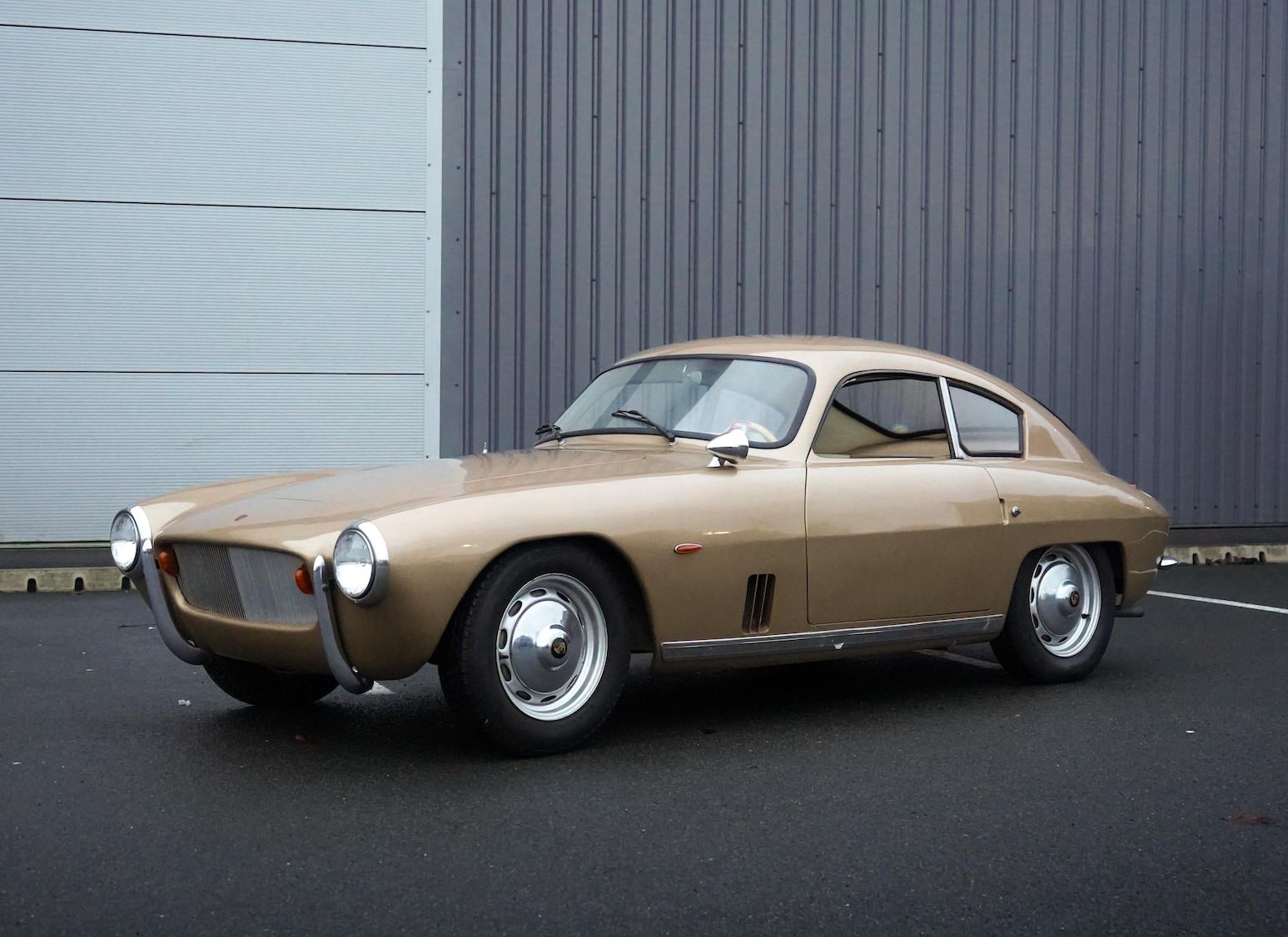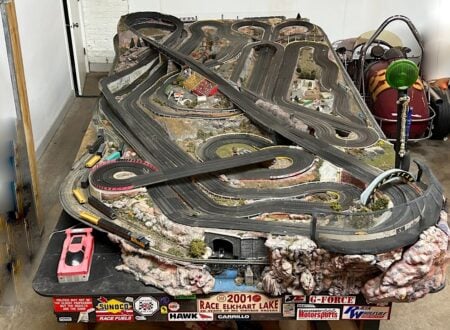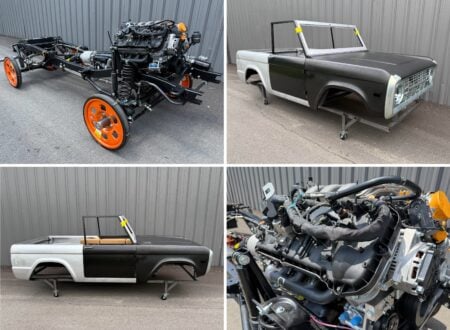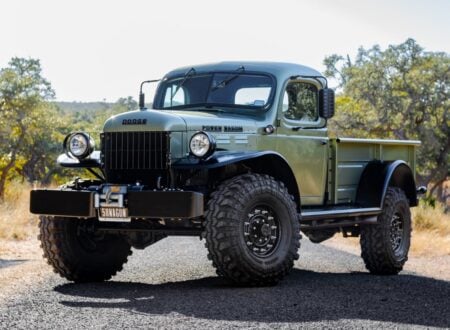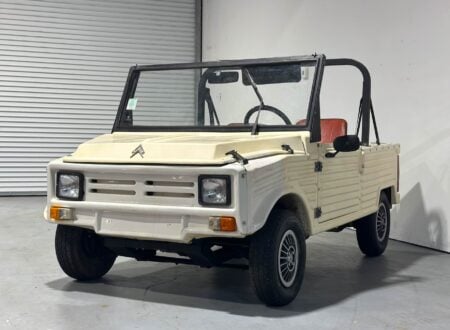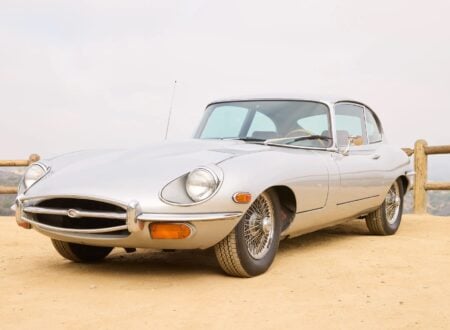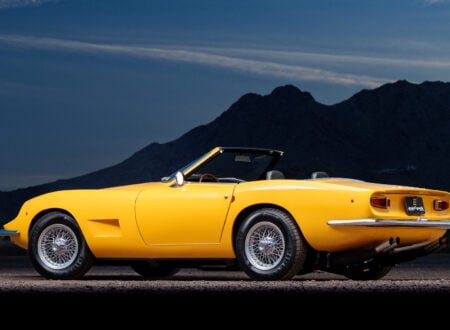This is the VW-Porsche 356 LaDawri Special, it’s the only one of its kind ever made and up until recently it’s been a “long-lost” mystery car. Images of it would surface from time to time and people would wonder where the car was being hidden, if it still existed, and what its backstory was.
As it turns out, the car was actually part of a large private collection hidden away from public view for many years. It was being well cared for thankfully, and now the owner had decided to place it up for sale, which has triggered a wave of international interest.
Fast Facts – The VW-Porsche 356 La Dawri Special
- The VW-Porsche 356 La Dawri Special is said to date back to the 1960s although the specific date it was built isn’t listed and may be lost to history. We do know that it’s the only one of its kind, but sadly we don’t know who actually built it.
- The VW-Porsche 356 La Dawri Special is based on a period VW Beetle platform chassis which was fitted with a Porsche 356 engine, brakes, suspension, and 15 inch steel wheels. Hence the “VW-Porsche” in the name.
- The fiberglass body used on the car was the La Dawri Sicilian, the body itself started life as the Victress C2 with the rights to the design passing to La Dawri when they acquired Victress’ automotive designs in 1961.
- The La Dawri Sicilian, and the earlier Victress C2, were designed to be fitted over the chassis of a range of cars including MGs, Austin-Healeys, and Volkswagens. It’s not known how many bodies were sold in total but they’re a rare sight today.
- LaDawri was the manufacturer of Canada’s first fiberglass car, the La Dawri Cavalier which entered production in 1956. In 1957 the company moved to ground central for fiberglass cars – California – and it became the largest fiberglass car maker in the world when measured by the number of models it offered.
La Dawri Coachcraft: A History Speedrun
La Dawri Coachcraft was founded in British Columbia, Canada by Leslie Albert Dawes. In 1956 the company debuted the La Dawri Cavalier which would be Canada’s first ever fiberglass car. The company name came from combining Leslie Albert Dawes with his business associate Don Wright – resulting in “L. A. Da Wri” or La Dawri.
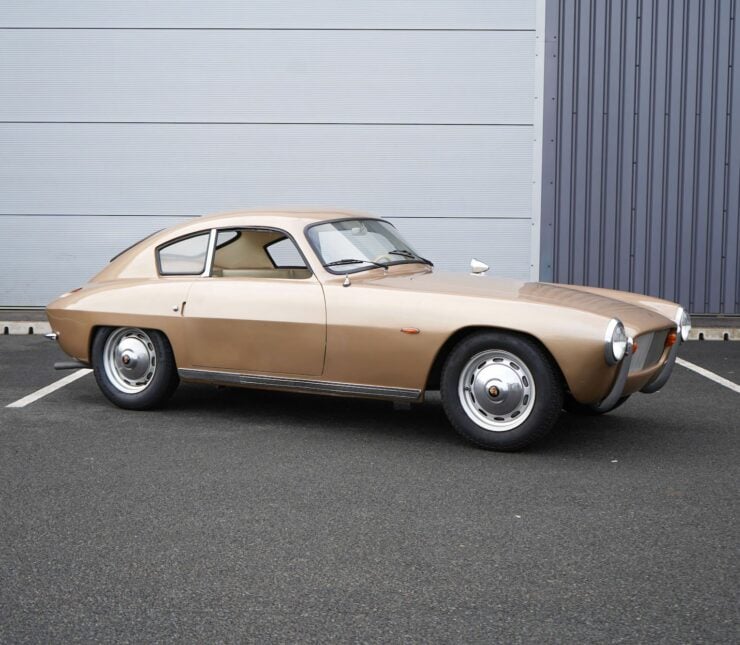

Just a year after the introduction of the La Dawri Cavalier the company upped sticks and moved to the global center of fiberglass automobile manufacturing – California. The Cavalier was renamed the Conquest and it was featured on the cover of Road & Track magazine in July of 1957 – launching the car and the company behind it well and truly into the limelight.
La Dawri soon released a new model named the Daytona, which was followed by the Quest – a smaller version of the Conquest which was developed to fit on smaller chassis. In 1961 La Dawri would buy the moulds and rights to a series of fiberglass car bodies that had been developed by Victress.
Victress was too busy making fiberglass products for the US Government including all of the Olympic rings for the Squaw Valley Winter Olympics. La Dawri rebadged and renamed the Victress models and kept them in production, while still developing new designs of their own.
By the early 1960s La Dawri had become the largest fiberglass car body manufacturer in the world when measured by the number of models they offered.
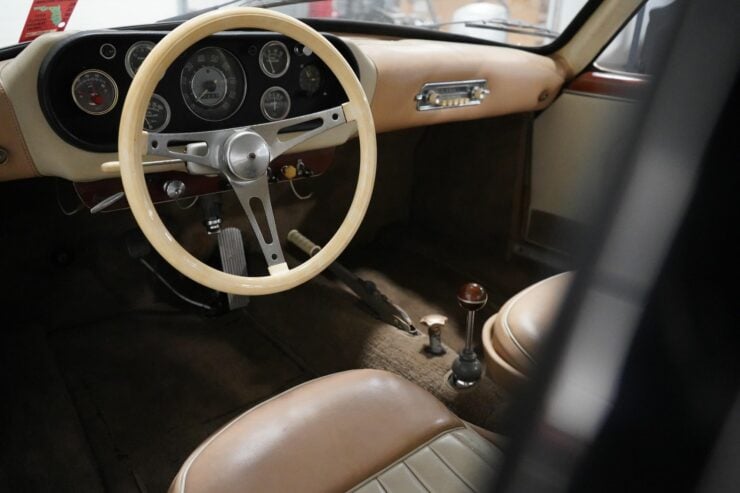

Things would begin to change for La Dawri as the 1960s progressed. The release of cars like the Ford Mustang and the multitude of affordable sports cars being made in the United States and Europe meant that there wasn’t really the demand for fiberglass do-it-yourself kits anymore, certainly not in the same volume as the 1950s.
That said, specialist companies like Meyers Manx did a roaring trade with their unique VW Beetle-based Manx fiberglass dune buggy during this era.
Rumors abound that either a factory fire that destroyed all the moulds, or the IRS chasing unpaid taxes, were the reason for the eventual shuttering of La Dawri in 1965.
Today surviving La Dawri cars are highly sought after and people like the team at Forgotten Fiberglass travel the country to find old forgotten fiberglass cars in barns and fields to restore them back to their former glory.
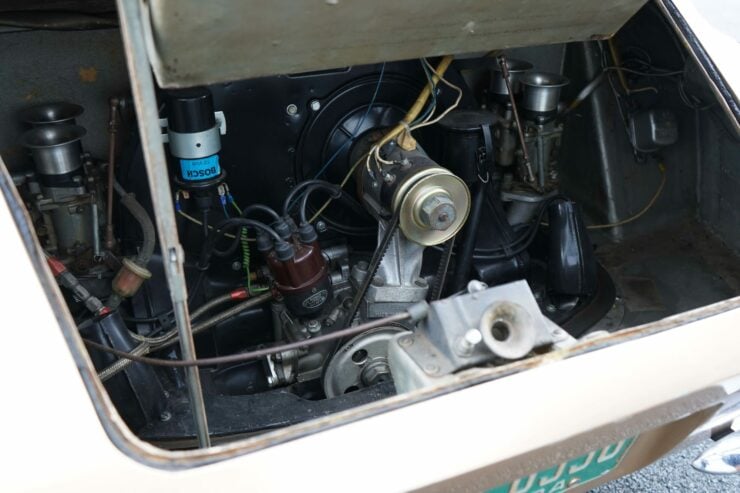

The VW-Porsche 356 LaDawri Special Shown Here
The car you see here is the only one of its kind, it’s a La Dawri body based on the earlier Victress C2, which is fitted to a Volkswagen Beetle chassis and powered by a Porsche 356 engine.
It’s a great example of the creative automotive chimeras that were being produced in California in the 1950s and 1960s, with builders taking the best aspects of various cars and bolting them all together into new vehicles.
This car is an interesting mix, it includes that aforementioned VW chassis and Porsche 356 engine, with the brakes, suspension, and 15 inch steel wheels also coming from the Porsche. The 4-speed manual gearbox comes from a VW, and the body comes from La Dawri.
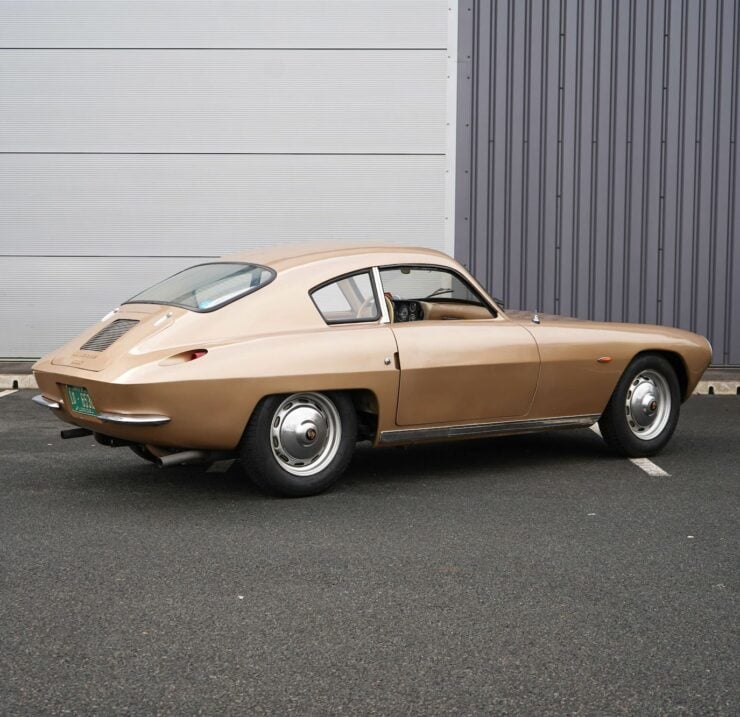

The listing notes that the car will need a mechanical recommissioning due to an extended period of no use. It comes with a 1969 Florida Highway Patrol inspection certificate, and it’s been inspected by classic Porsche specialist Roger Bray, who confirmed that the running gear, brakes, suspension and wheels were of 356 model type.
The engine number corresponds to a Porsche 356 1600 S model. While the standard 356 1600 produced 60 bhp the uprated 1600 S (S for Super) was good for 74 bhp thanks in part to an 8.5:1 compression ratio.
The hope is that someone will come forward and buy the car, give it the recommissioning it needs, and then take it out and show it off – its “long-lost” status well and truly in the past.
The car is now being sold out of what is described as one of the world’s premier car collections and it’s being offered on Collecting Cars out of Leicestershire, United Kingdom. If you’d like to read more about it or register to bid you can visit the listing here.
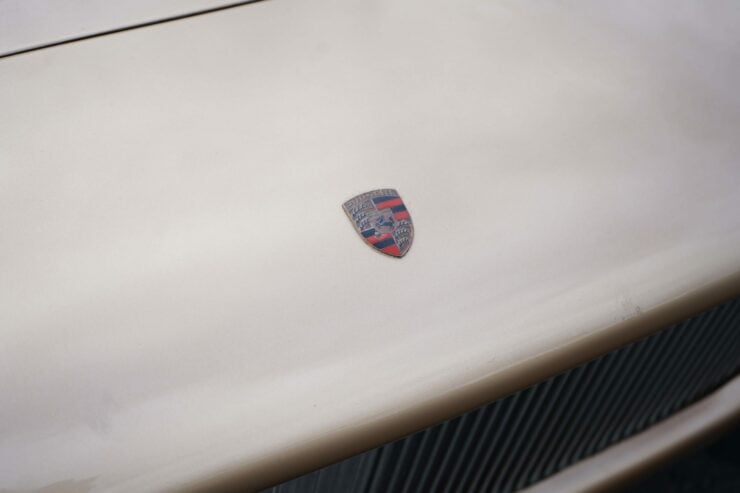
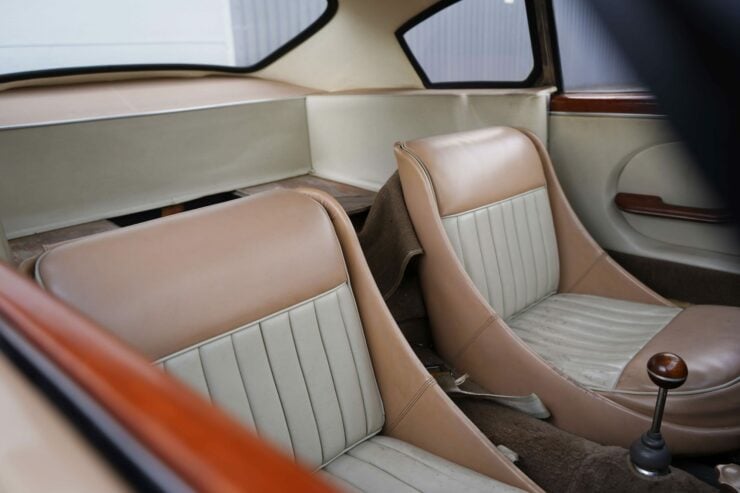
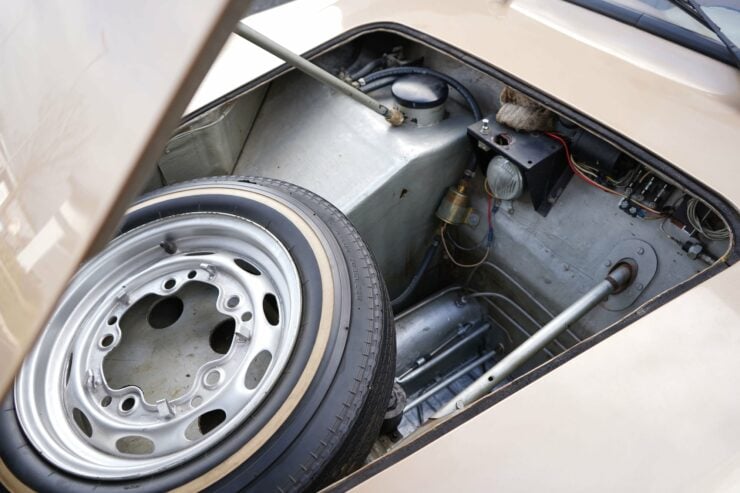
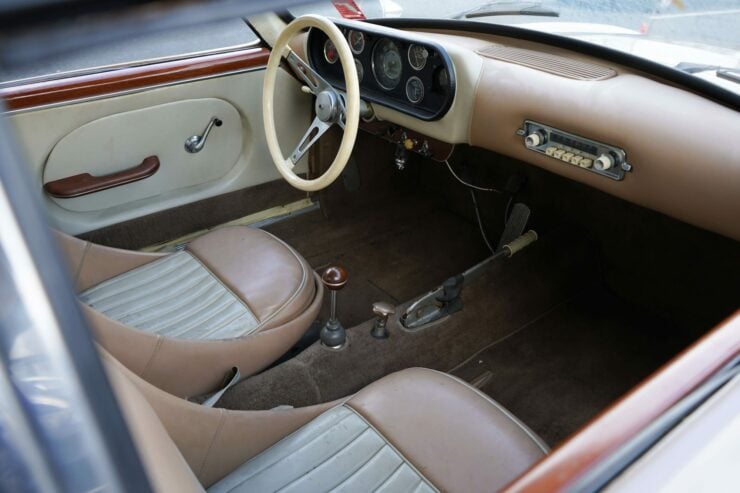
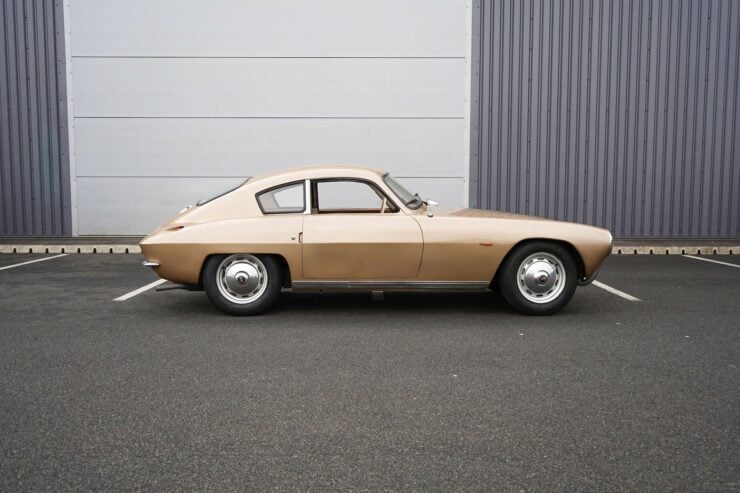
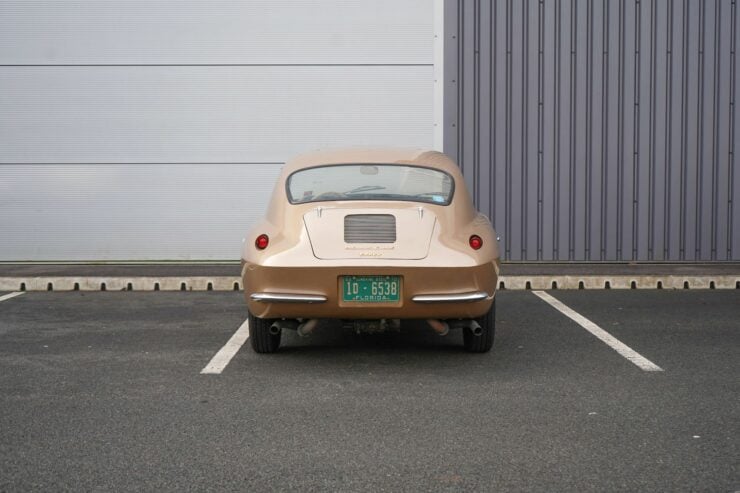
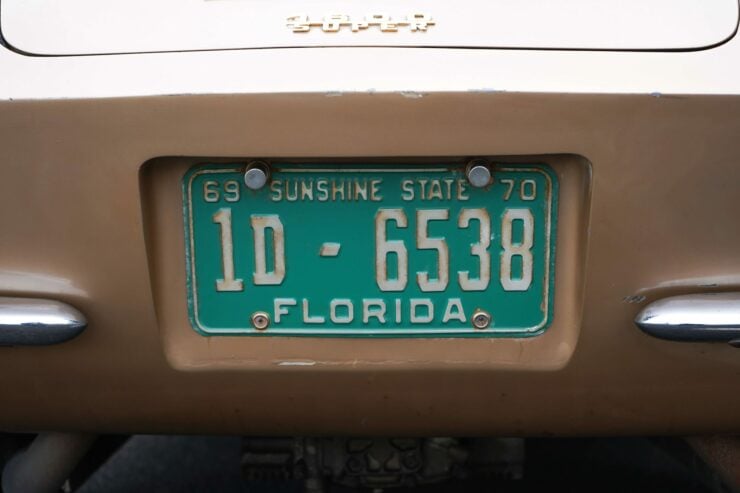
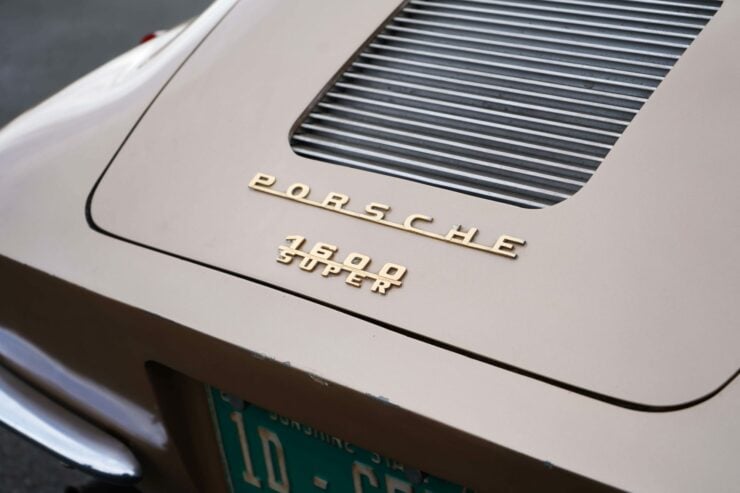
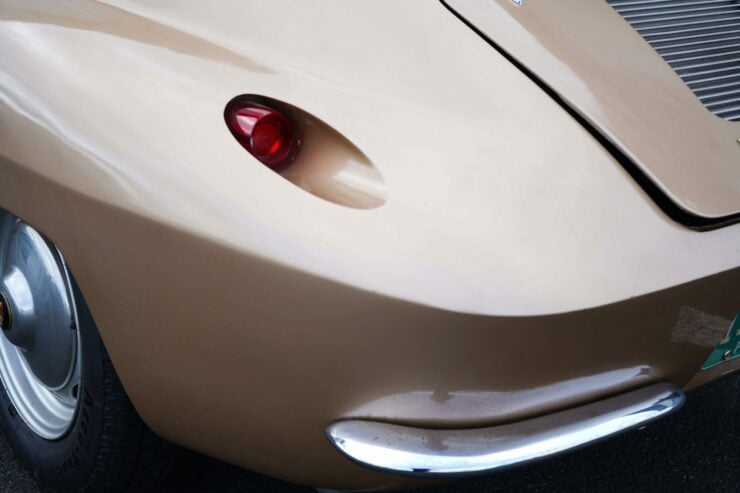
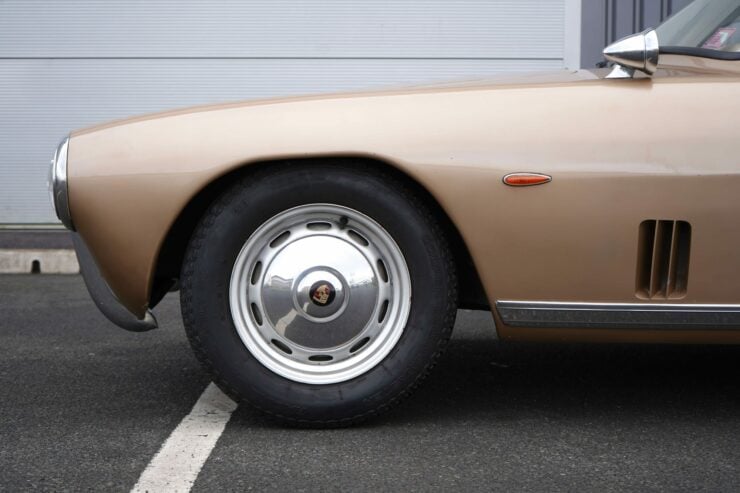
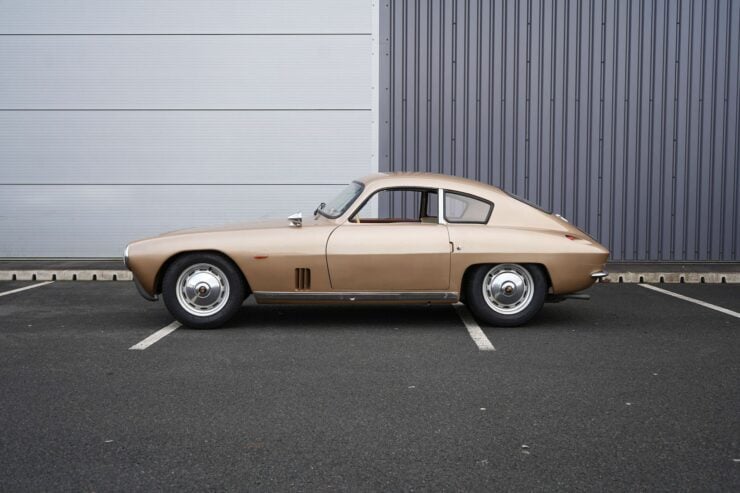
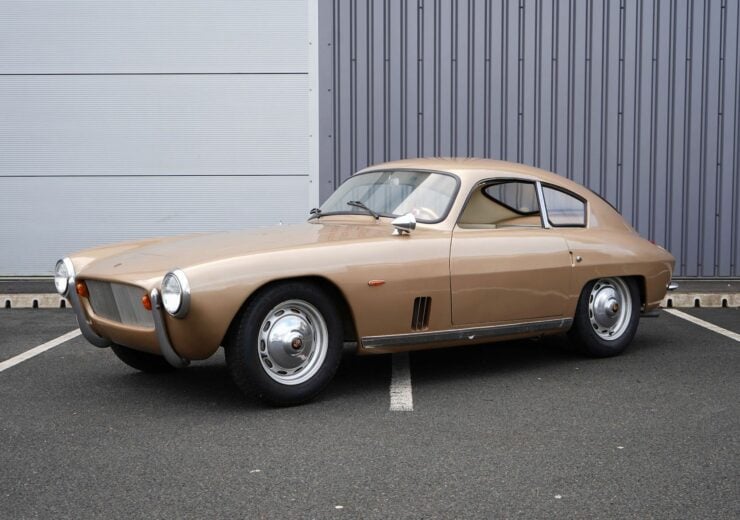

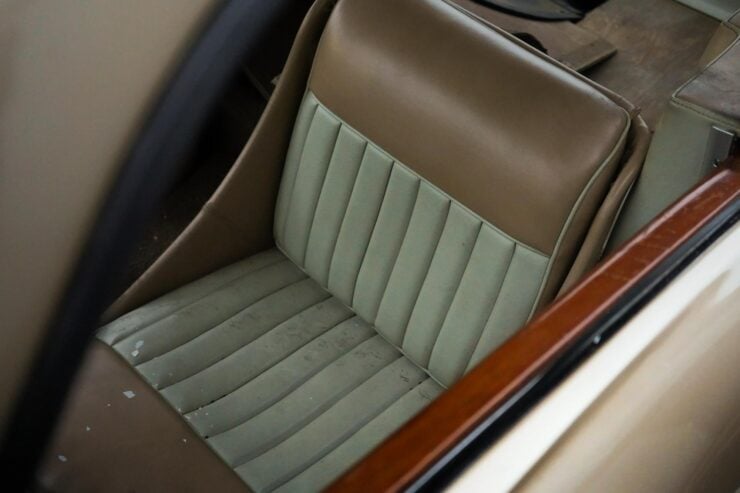
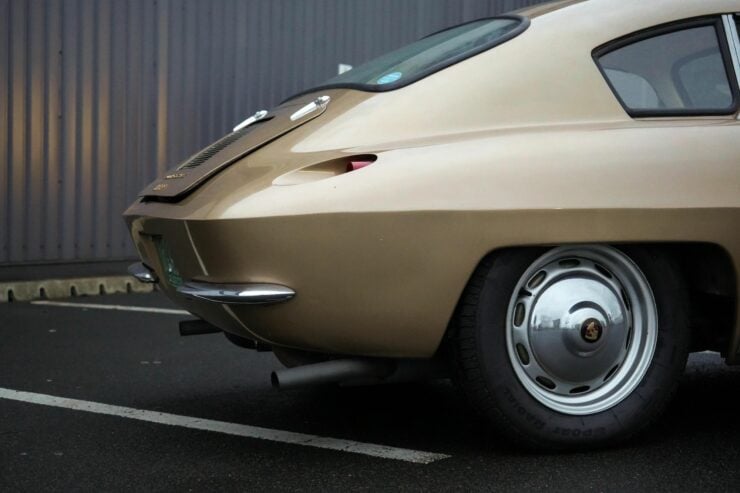
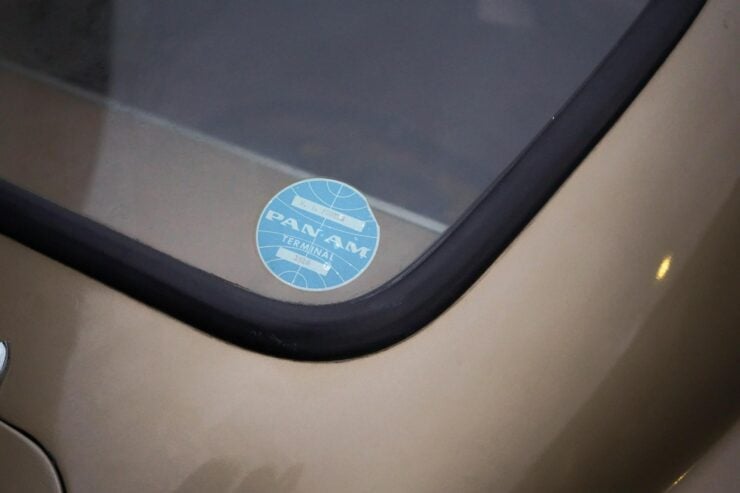
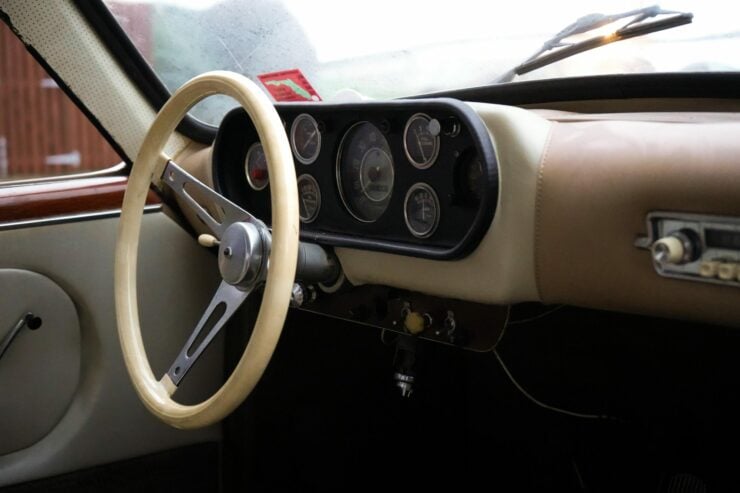
Images courtesy of Collecting Cars

